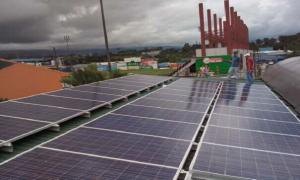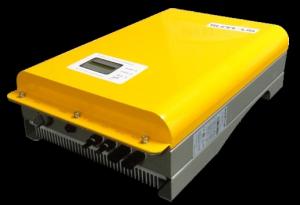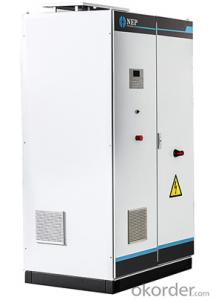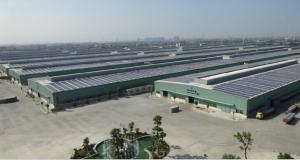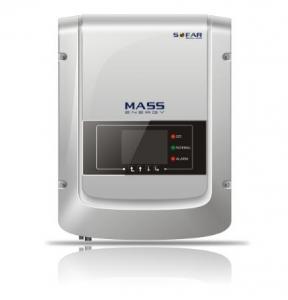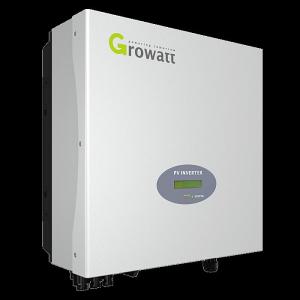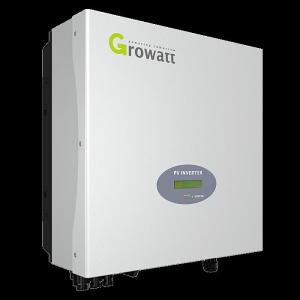Grid Tie Inverter Solar Panel
Grid Tie Inverter Solar Panel Related Searches
Grid Tie Inverter Solar Grid Tie Solar Inverter Solar Grid Tie Inverter Grid Tie Inverter Solar Kit Grid Tie Hybrid Solar Inverter Solar System Grid Tie Inverter Grid-Tie Solar Inverter Hybrid Grid Tie Solar Inverter Solar Grid Tie Inverter Kit Sun Grid Tie Inverter Solar Hybrid Grid Tie Inverter Solar Grid Tie Micro Inverter Solar Inverter Grid Tie Best Grid Tie Solar Inverter Grid Tie Solar Inverter Price Best Solar Grid Tie Inverter Grid-Tied Solar Inverter 1kw Solar Grid Tie Inverter Solar Grid Tie Inverter Price 3kw Solar Grid Tie Inverter Nep Solar Grid Tie Inverter 5kw Solar Grid Tie Inverter 10kw Solar Grid Tie Inverter Mpp Solar Grid Tie Inverter Grid Connected Solar Inverter Solar Grid Tied Inverter 1000w Solar Grid Tie Inverter Nep Solar Grid-Tie Inverter Solar Grid Inverter Grid Tie Inverter SchematicGrid Tie Inverter Solar Panel Supplier & Manufacturer from China
Grid Tie Inverter Solar Panels are a type of solar energy system that allows the conversion of sunlight into usable electricity. These panels are designed to work in conjunction with a grid-tied inverter, which synchronizes the solar power output with the utility grid. This integration enables the system to feed excess power back into the grid, while also drawing power from the grid during periods of low solar production.The application of Grid Tie Inverter Solar Panels ranges from residential rooftop installations to large-scale commercial and industrial setups. They are ideal for areas with consistent sunlight exposure and can be utilized to reduce electricity bills, promote sustainability, and contribute to a greener environment. These panels are also suitable for off-grid applications where grid connection is not available, making them a versatile choice for various energy needs.
Okorder.com is a leading wholesale supplier of Grid Tie Inverter Solar Panels, boasting a vast inventory that caters to the diverse needs of customers worldwide. With a commitment to quality and customer satisfaction, Okorder.com ensures that the Grid Tie Inverter Solar Panels they provide meet the highest industry standards and are backed by reliable support and services.
Hot Products







